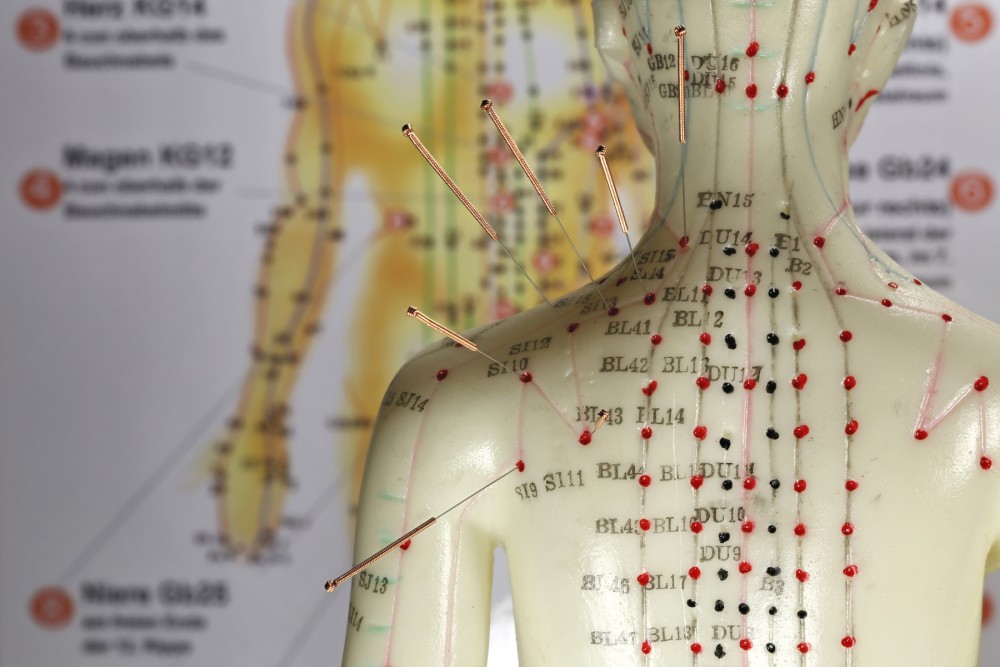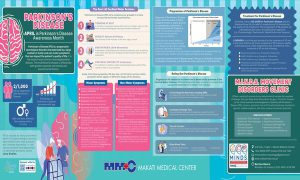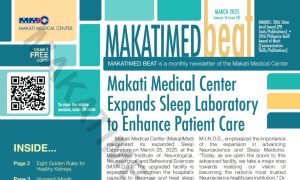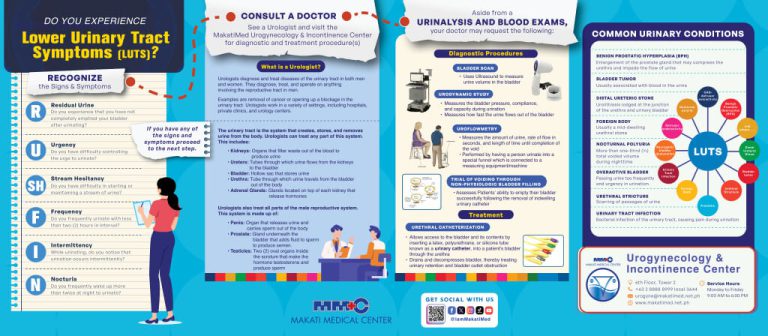It has always been a curious case to hear of people undergoing medical acupuncture and raving about its effectiveness. For some, the idea of someone sticking pins to your body can be off-putting, but patients still prefer this type of alternative treatment for certain diseases, particularly for chronic pain and overall wellness.
Over the years, acupuncture has become increasingly popular, and the practice has spread to Western countries. In fact, a recent survey by the National Health Interview Survey (NHIS) found that almost 14 million Americans have tried going in for treatment the past year, which is a significant increase from 8.19 million patients at the beginning of the study. This confirms that interest in acupuncture is on the rise.
What is acupuncture?
Acupuncture is an ancient form of alternative medicine that originated from China where thin needles of varying sizes are inserted into the skin at specific areas of the body, also called acupoints. This aims to balance and improve the flow of a person’s “chi” or life force energy, heal specific illnesses and disorders, and promote well-being.
According to Eastern philosophy, an imbalance in the energy or blood flow can lead to diseases in the body. Needles placed in specific points can improve vitality, blood circulation, and restore the body’s natural balance. Although there is no conclusive research about the overall healing properties of acupuncture, research has shown that it is effective in treating chronic pain for more effective pain management.
How acupuncture treats chronic pain
Chronic pain is characterized as abnormal sensitivity caused by the generation of pain, in response to the activation of the low-threshold of mechanoreceptive A-beta nerve fibers. These fibers are responsible for generating innocuous sensations.
There are three processes involved in the spinal cord that are responsible for the dramatic alteration in the sensory processing of the somatosensory system: decreased inhibition, increased excitability, and structural reorganization. All three have shown to occur, and each may contribute either separately or together to the wide range of chronic inflammatory and neuropathic pain disorders.
The good news is, studies suggest that acupuncture may help ease or manage types of chronic pain. It’s a reasonable option for patients suffering from this disorder. The stimulation of specific acupoints has an inhibitory influence on pain, and acupuncture works by modulating endorphin levels through the inactivation of the source of pain. Essentially, acupuncture alleviates the awareness of pain, bringing much-needed relief to those who suffer from it.
Conditions Ideal for Acupuncture Treatment
Chronic neck and back pain
Chronic neck and back pain are musculoskeletal problems primarily focused on the spine. Pain coming from the cervical vertebra is localized in the neck, while pain in the back comes from the thoracic (middle), lumbar(lower), and coccydynia (tailbone).
Despite being felt in the neck, pain can be caused by several spinal problems. It may arise due to muscular tightness both in the neck and upper back, or pinched nerves in the cervical vertebrae.
Back pain or discomfort may be described as a dull ache, piercing pain, or a burning sensation, which can radiate to the arms and hands, including the legs and feet. Although most back pain problems are nonspecific and have no identifiable causes, some of the most common underlying mechanisms include degenerative or traumatic changes in the discs or facet joints, causing secondary pain in the muscles and nerves, leading to the extremities.
Fibromyalgia
Fibromyalgia is characterized as chronic widespread pain and heightened pain response to pressure. Other symptoms include fatigue, sleep problems, and short-term memory loss. Some people also experience bladder and bowel problems, restless legs syndrome, numbness, tingling sensations, and sensitivity to noise, light, and temperature.
Temporomandibular joint disorder (TMD)
TMD or TMJD covers pain and dysfunction of the muscles used in chewing and the joints that connect the jaw to the skull. The pain is followed by restricted movement of the mandible and noise from the temporomandibular joints during movement. This disorder may not be life-threatening, but it can be detrimental to the quality of life since this can be hard to manage when it becomes chronic.
Osteoarthritis
Osteoarthritis is a type of joint disease resulting from the breakdown of joint cartilage and the underlying bone. The most common symptoms are pain and stiffness in the joints. Initial symptoms may occur only after exercise but can be more constant over time. Other symptoms may include swelling of the joints, diminishing range of motion, and, if the back is affected, there is weakness in the arms and legs.
Conclusion
Pain due to various diseases and disorders is a challenging experience for those who are suffering from it. You can undergo treatment through medication, but if you’re looking for more “natural” ways to combat pain, acupuncture may be the right remedy for you. You can contact MakatiMed’s Pain Management Services department and start exploring an alternative method so that they can help effectively manage chronic pain.











